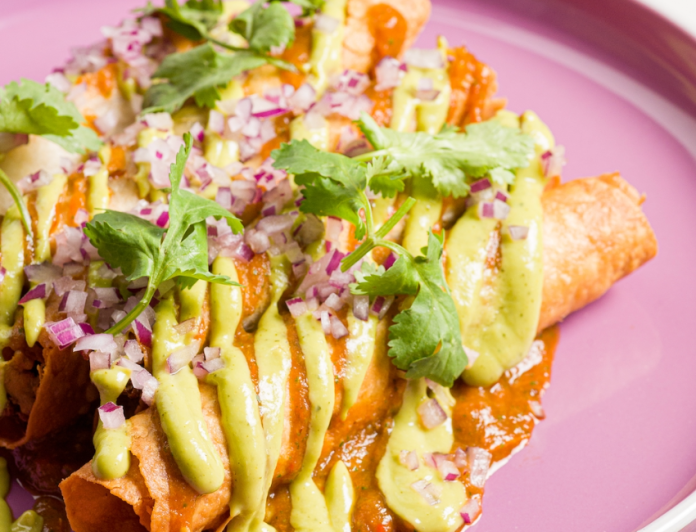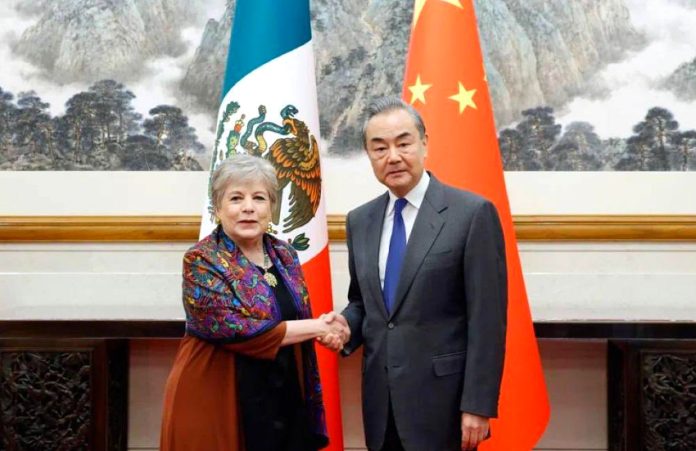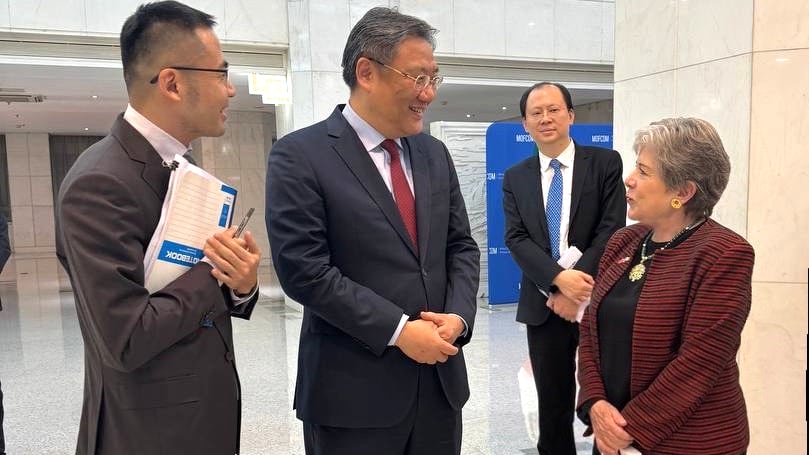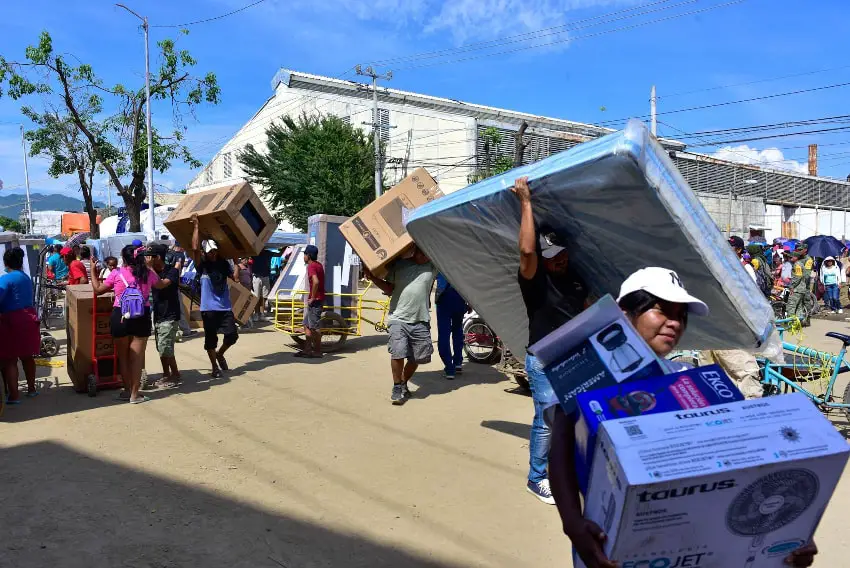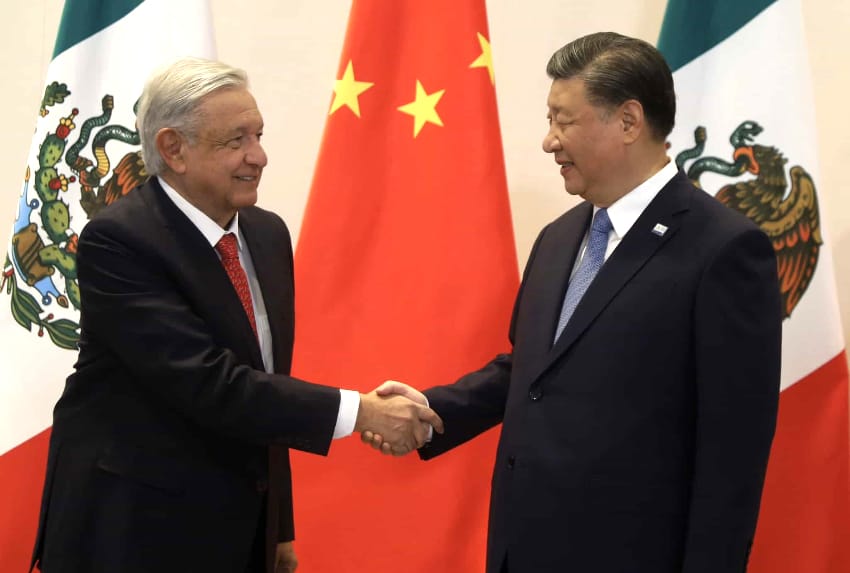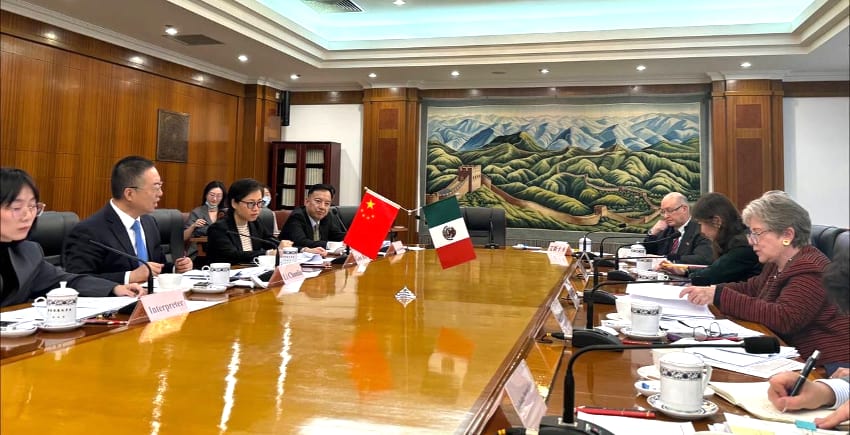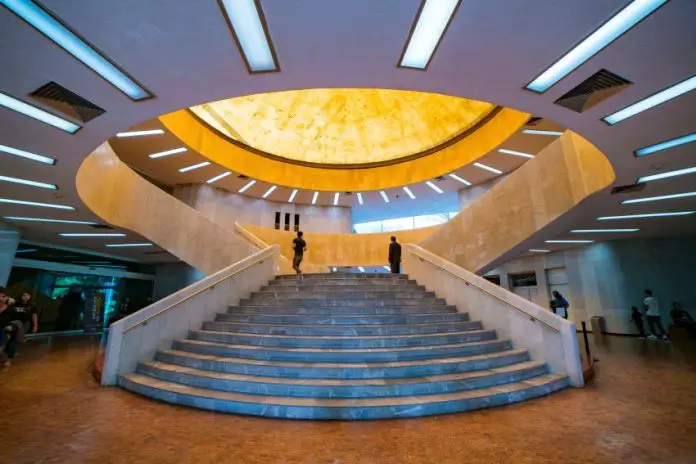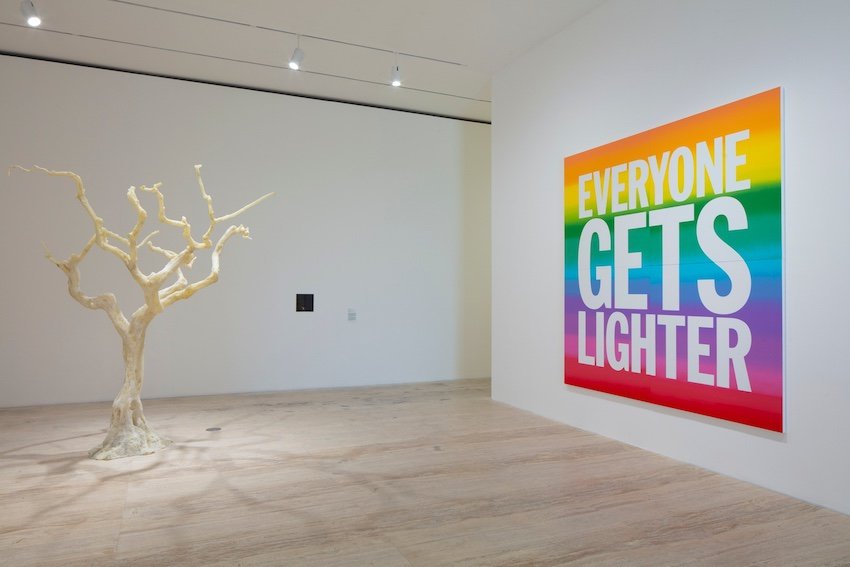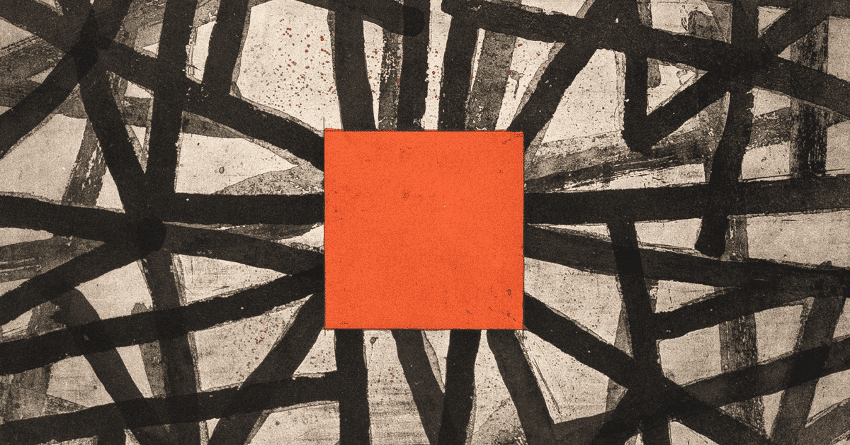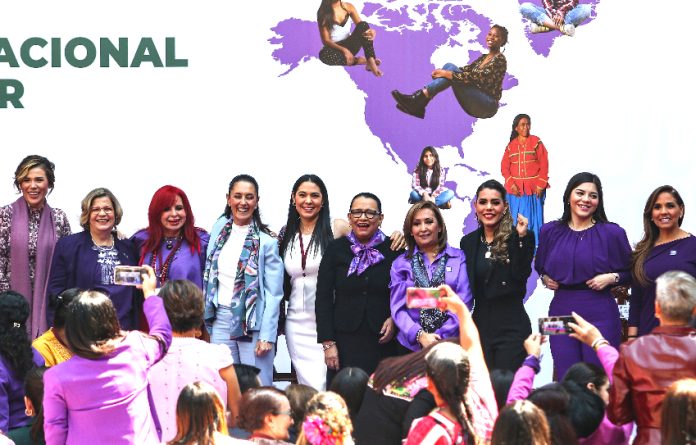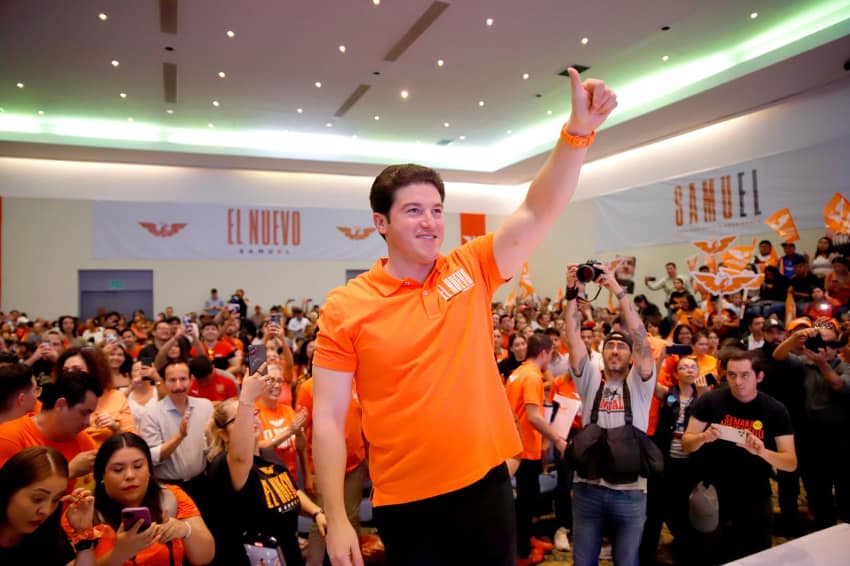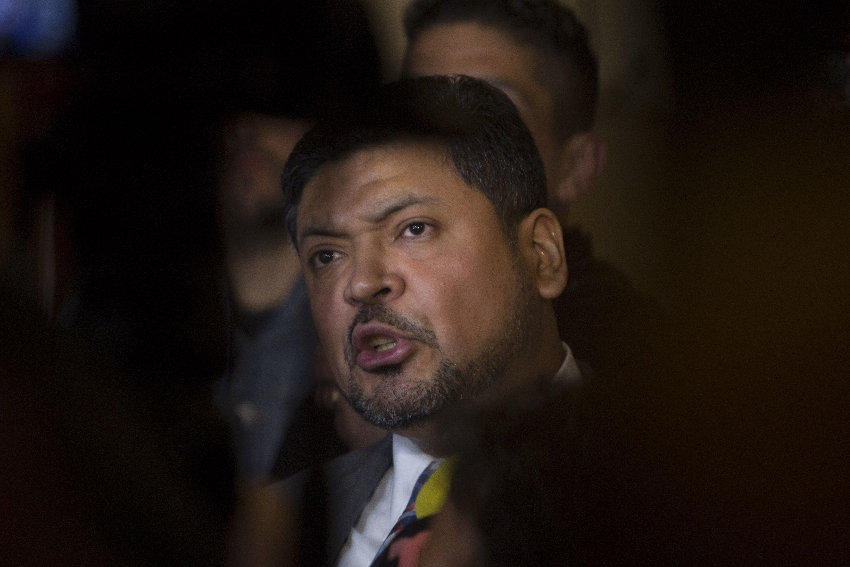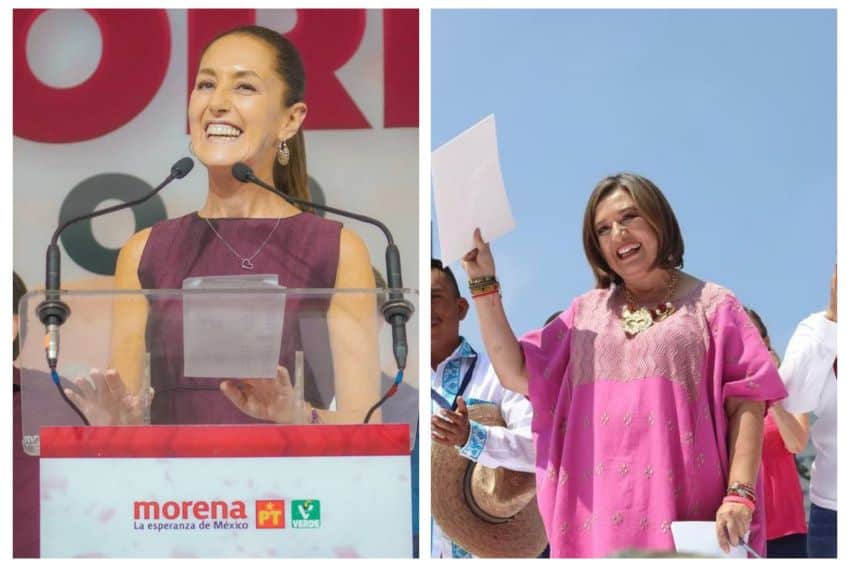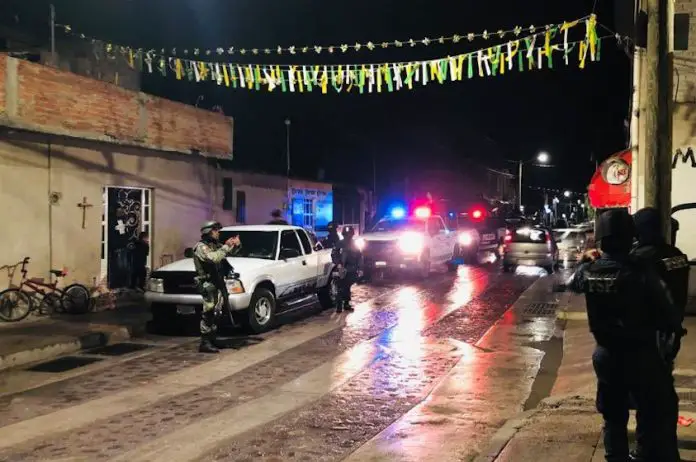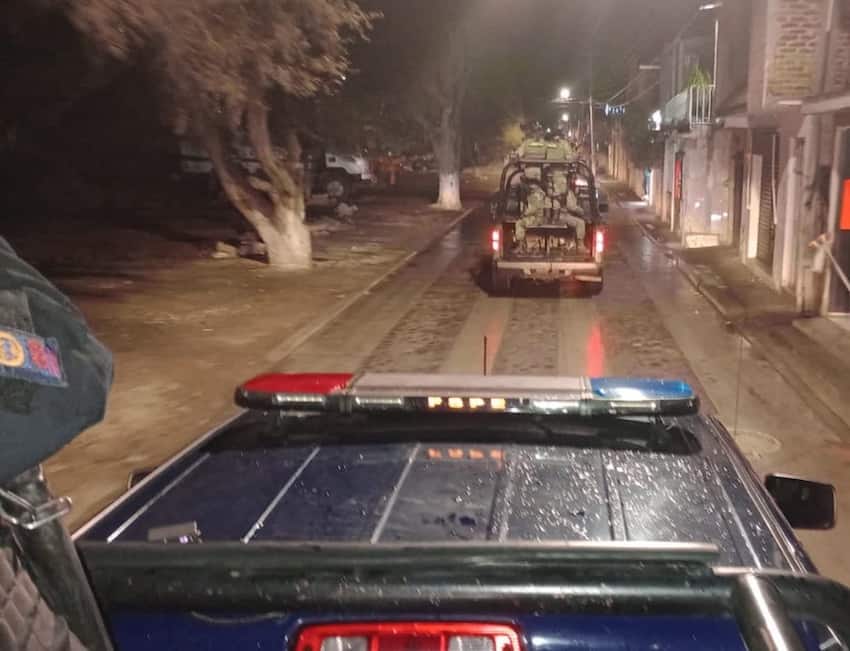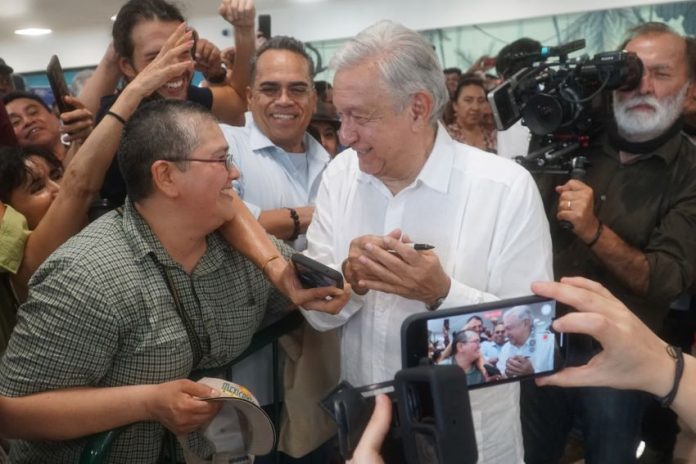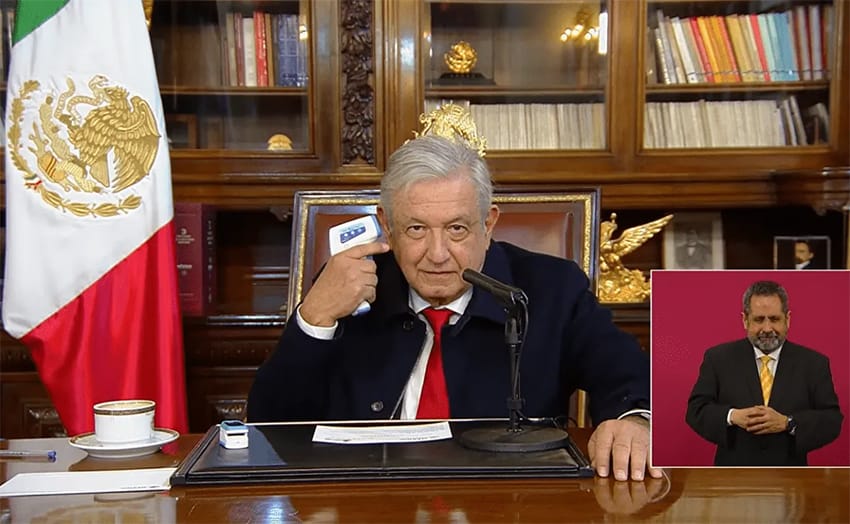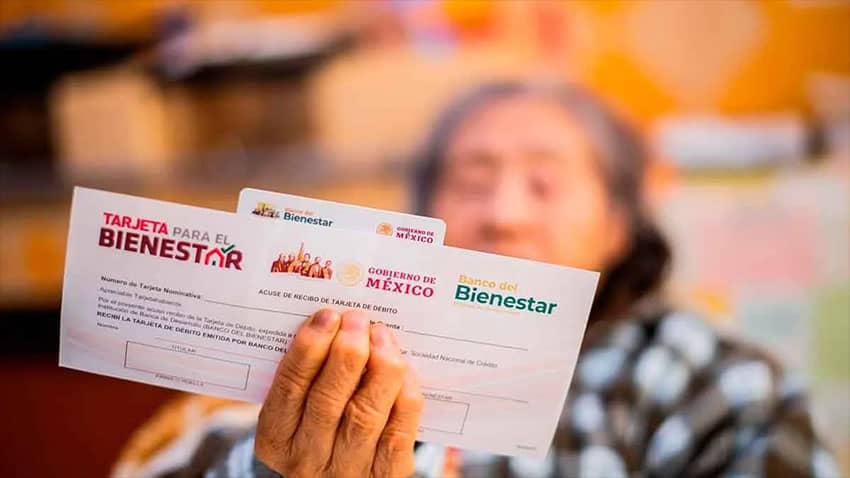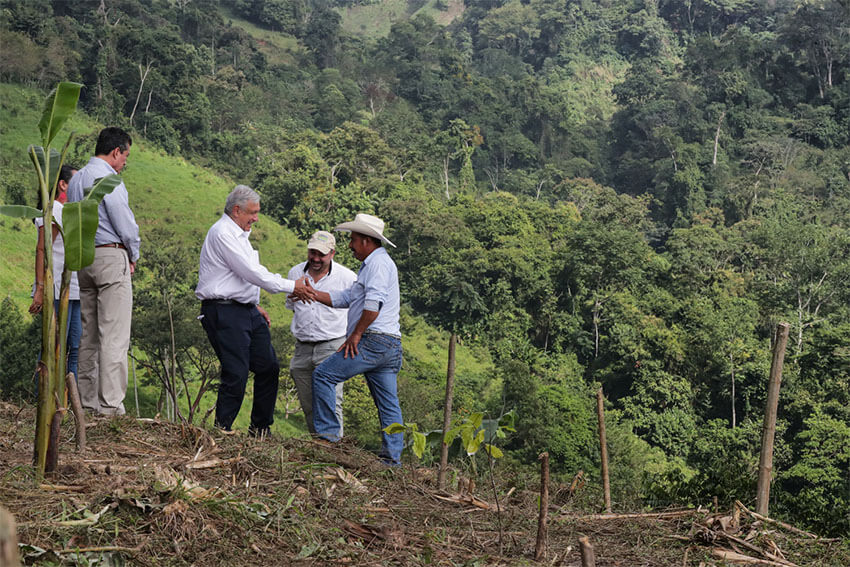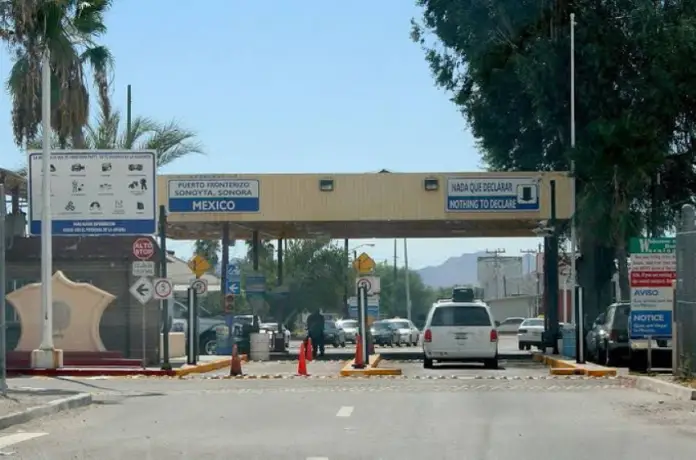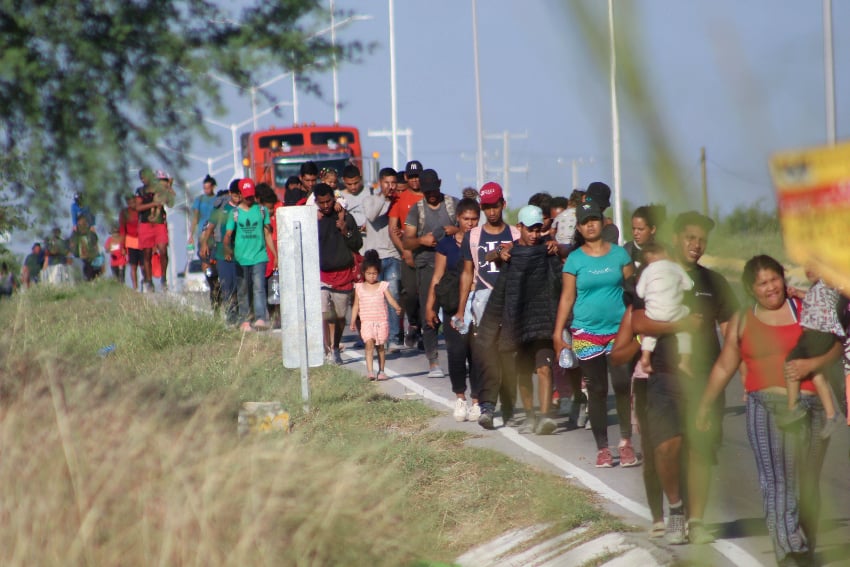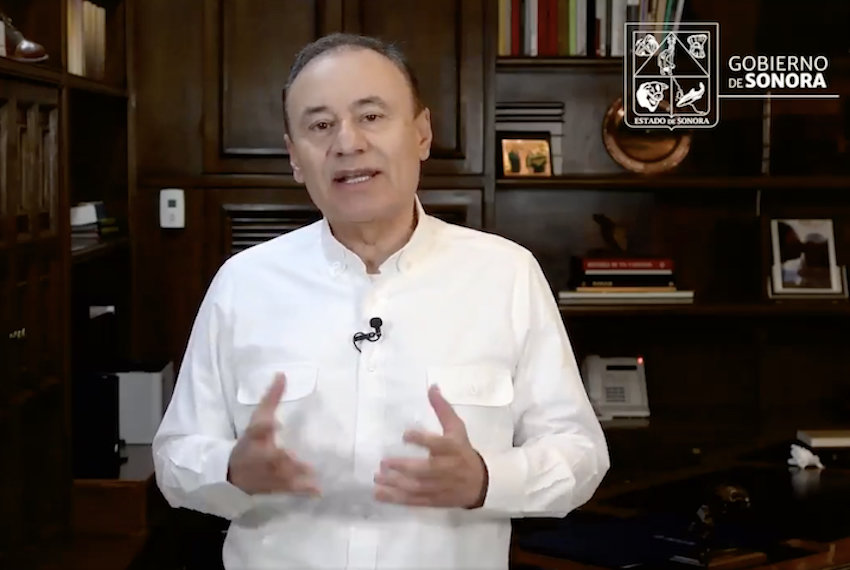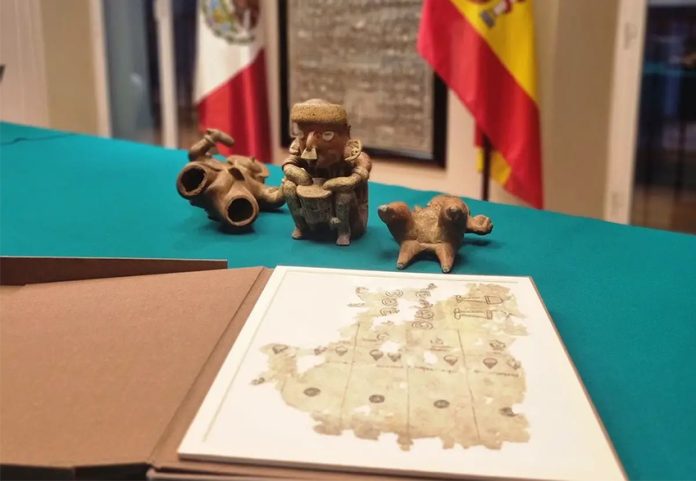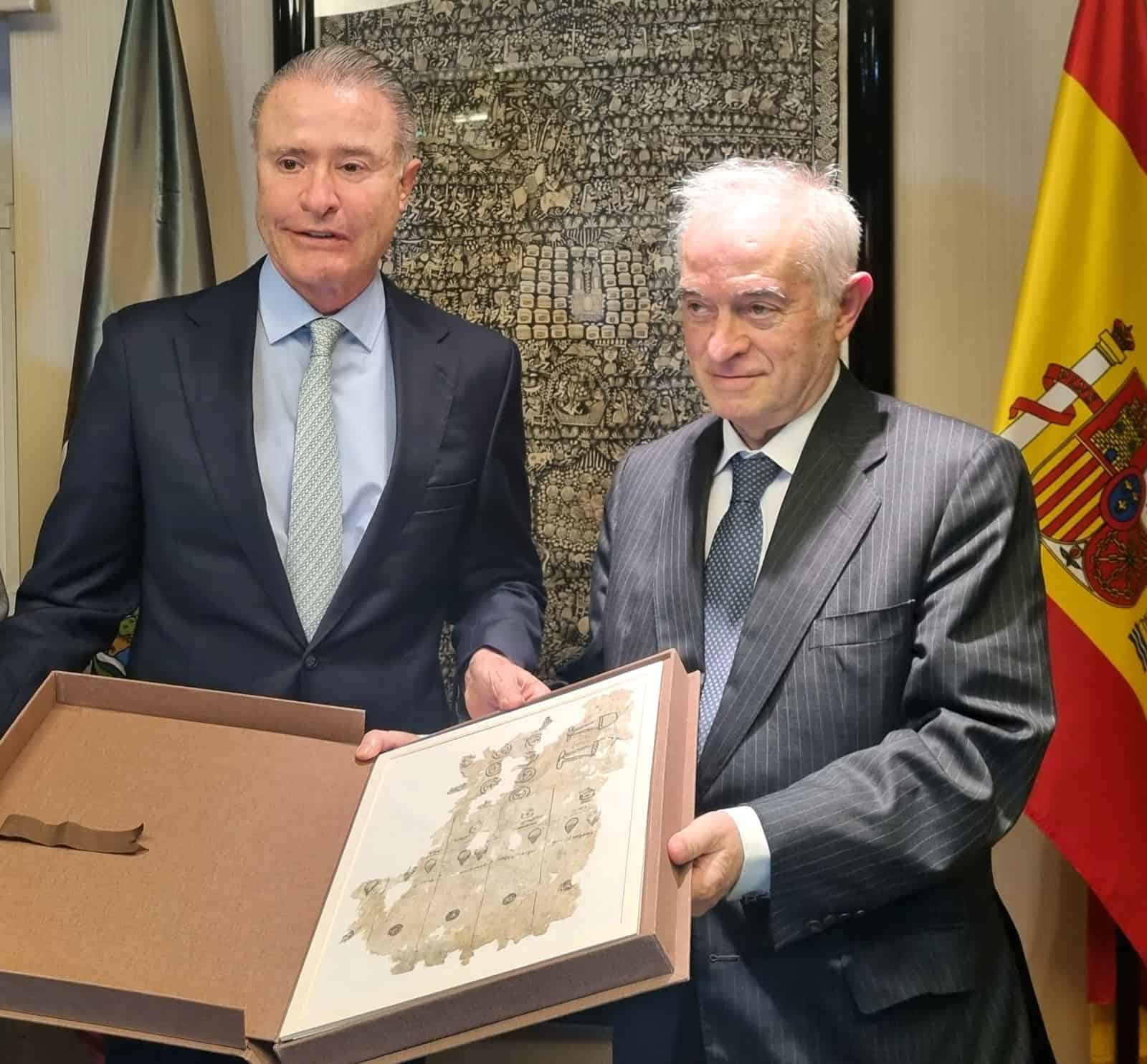My grandmother on my mother’s side will turn 100 years old in December and is the best cook I know. She married at 18, had 10 children, and spent over half her life cooking for her family, only stopping at age 93.
As the family grew and her children got married, my abuelita always had food ready on the stove in case one of my aunts, uncles or cousins stopped by to have lunch. That was the case with my sisters and I, who had lunch at her house at least twice a week while we were young.

Having grown up very close to my grandmother’s cooking, I asked her to teach me how to cook her best Mexican recipes before I got married. Today, I prepare these recipes almost every week.
Frijoles refritos
I’m probably one of very few Mexicans who are not fans of beans. Growing up, I would never eat them – I hated the flavor, the texture and specifically, the smell.
But as I grew up and realized how weird it was that I didn’t like beans, I ventured to try my grandma’s recipe because everybody praised them. Even my dad would say that no one, not even my mom, could cook frijoles like my grandma.
I finally tried her frijoles refritos as a teenager, and while I didn’t fall in love with frijoles themselves, this is the only bean recipe that I fancy to eat at home.
Ingredients:
- 1 cup of pre-cooked Mexican beans (bayos)
- ½ chile guajillo without seeds
- ½ piece of chile de árbol without seeds
- 50 g of Mexican chorizo (it doesn’t taste the same if you cook the frijoles with Spanish chorizo, but if that’s all you’ve got, go ahead)
- 1/3 cup of bean stock (the water where you cooked the beans)
- 1 Tbsp of vegetable or olive oil
- Salt to season
Don’t be afraid to play around with the quantities depending on how spicy and liquefied you like the beans.
Procedure:
In a hot pan, pour the oil and stir fry the chiles with the chorizo until brown.
Blend the pre-cooked beans with the chiles, chorizo and bean stock using a blender or food processor. Pour the blended beans back into the same pan where you stir fried the chiles and add salt to taste. Stir with a wooden spoon and heat until the beans begin to bubble.
If the consistency of the beans is too thick, you can add more bean stock.
Serve hot and sprinkle cotija, adobera or cheddar cheese on top. Enjoy as a side dish for carne asada, scrambled or sunny side up eggs, on tostadas, on molletes…and beyond.
Abuelita’s tip:
*If you live abroad like me and can’t find Mexican beans, use canned frijoles refritos and mix them with the browned chilis and chorizo for added flavor.
Enchiladas
Enchiladas are my favorite Mexican dish. I could eat enchiladas every day if too much fried tortillas didn’t tip the scale!
This recipe is so tasty that, save for a few restaurants I know that make great enchiladas, I rarely order enchiladas at a Mexican restaurant because I know I have the best recipe at home.
Ingredients:
- ¼ cup of water to boil
- ¼ cup of water to mix
- 2 chiles guajillo without seeds
- ½ chile de árbol without seeds
- ½ clove of garlic, minced
- 1 tsp. of white vinegar
- Tortillas
- Vegetable oil or olive oil
Enchilada fillings:
- Shredded chicken
- Mashed potatoes mixed with salt
To garnish:
- Lettuce
- Shredded cheese (if you’re in Jalisco, have your enchiladas with adobera cheese. Otherwise, use cotija or cheddar cheese)
- Sliced radish
- Fresh crema
Procedure:
In a small saucepan, place water to boil on high. Once it starts boiling, add in the chiles and lower the flame to medium heat. Boil for two minutes and transfer to a blender with the other ¼ cup of water.
Add the garlic, vinegar and salt to the blender and mix until you get a smooth consistency. Place the chile mix on a plate and reserve.
Pour the oil into a hot pan, making sure it covers the whole surface. Keep the heat on low to medium. Meanwhile, dip your tortillas in the chile mix and fry them one by one in the pan. Leave for a few seconds before flipping each tortilla. After a few seconds, remove and place your chile-flavored tortillas on a plate.
Add the filling of your choice to each tortilla and fold it over twice. Repeat until you have at least three enchiladas and serve hot on the same plate.
Garnish with cheese, thinly sliced lettuce, fresh cream, and a few slices of radish.
Abuelita’s tip:
*You can add one raw egg to the chile mix if you want to add in more protein. It also helps the sauce and oil not to “jump” when you place the tortilla in the hot oil.
*Be generous with the oil. It must cover the whole pan and the tortilla must float, otherwise the tortilla will stick to the pan.
Chilaquiles
If you want to impress your friends and family with a delicious breakfast, nothing is more authentic than this flavorful chilaquiles recipe. Enjoy it with fresh orange juice and sliced bread or bolillo, and you’re in for a true Mexican feast!
Ingredients:
- Totopos or tortilla chips
- 8 plum tomatoes
- 1 Tbsp of tomato paste
- 1 small clove of garlic, minced
- 4 guajillo chiles without seeds
- 1 chile de árbol without seeds
- 1/3 of an onion, chopped
- 1 cup of water
- 1 Tbsp of vegetable or olive oil
- 1 tsp of oregano
- Salt to season
To garnish:
- Fresh crema
- Shredded cheddar, adobera or cotija cheese
- Diced onion
Procedure:
In a saucepan, place the tomatoes and the chiles and cover with water. Cook until the skin on the tomatoes begins to break.
Drain the water from the saucepan and place the tomatoes and chiles in a blender along with the onion, garlic and water. Strain the mix and reserve.
In a hot saucepan over low heat, heat the oil and add the tomato paste. Toastry for a minute and add the tomato sauce. Add salt and oregano to taste and boil over low to medium heat for 10 minutes or until the sauce thickens slightly.
To serve, place the totopos on a plate and pour the sauce evenly on top. Garnish with fresh crema, finely diced onion and shredded cheese.
¡Buen provecho! I hope you enjoy these recipes with your family and loved ones!
By Mexico News Daily writer Gabriela Solís
